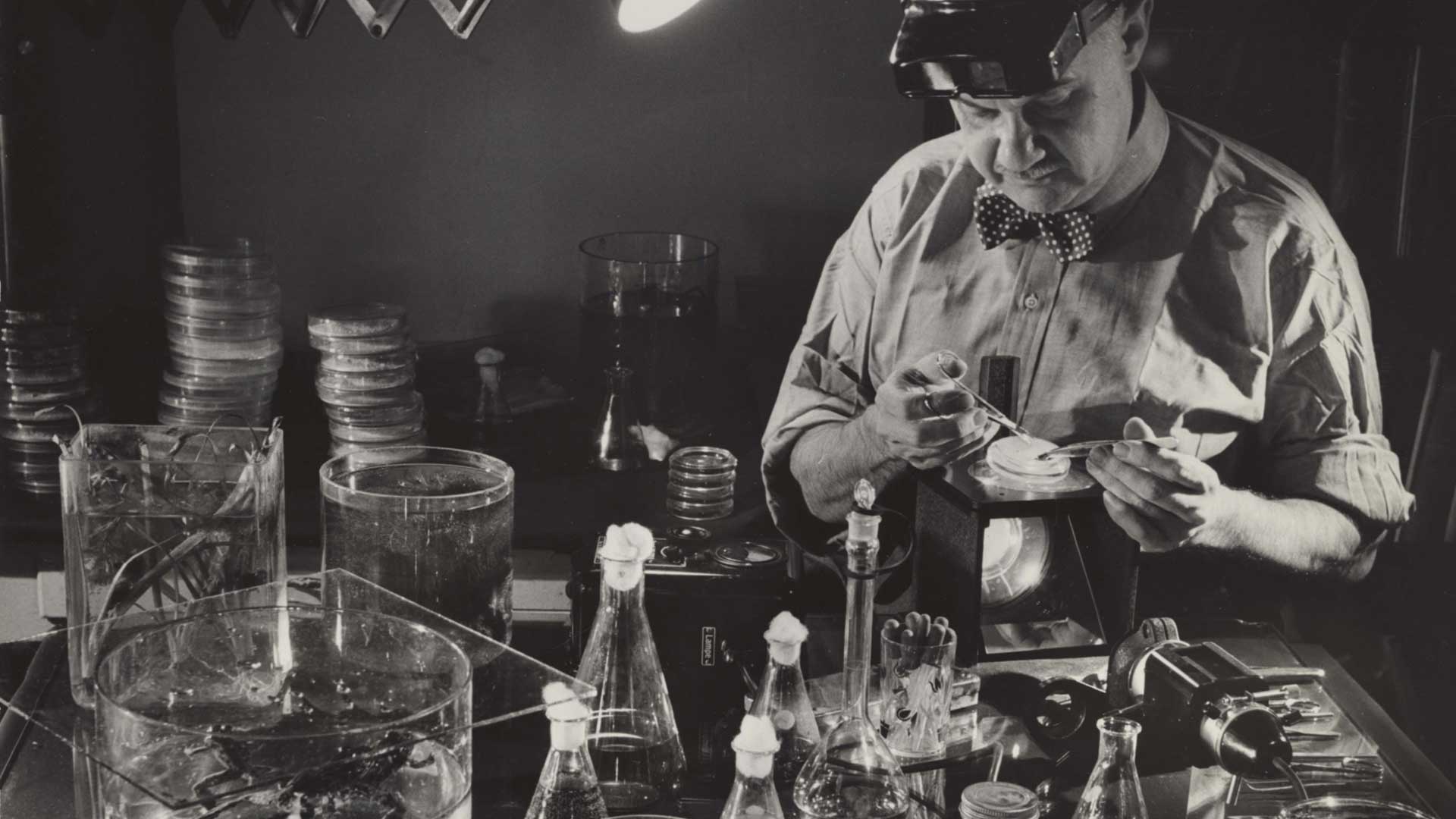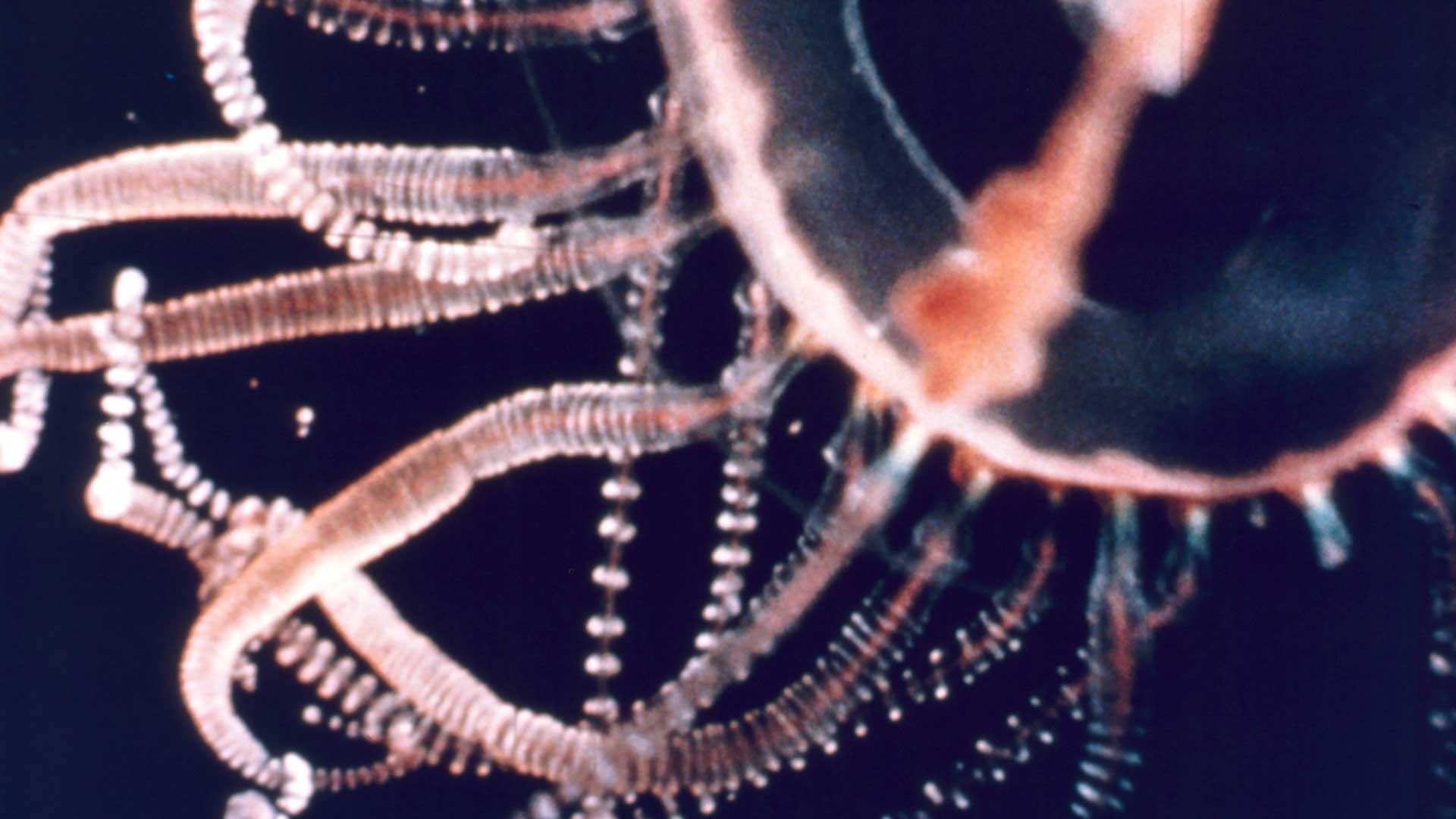He was difficult and flamboyant, a shameless self-promoter, bender of the truth and master of reinvention. He was also one of the groundbreaking photographers of the 20th century – a brilliant artist whose body of work spans decades, continents, and the catastrophic fallout from two world wars. Though his pioneering microscopy transformed the nature of science photography, Roman Vishniac is best known for his iconic images of Jewish life in Eastern Europe from 1935 through 1938. Few predicted that less than a decade later, these communities would be wiped out, and Vishniac’s photographs would provide the last visual records of an entire world. Now for the first time, his story comes to life as a feature documentary.
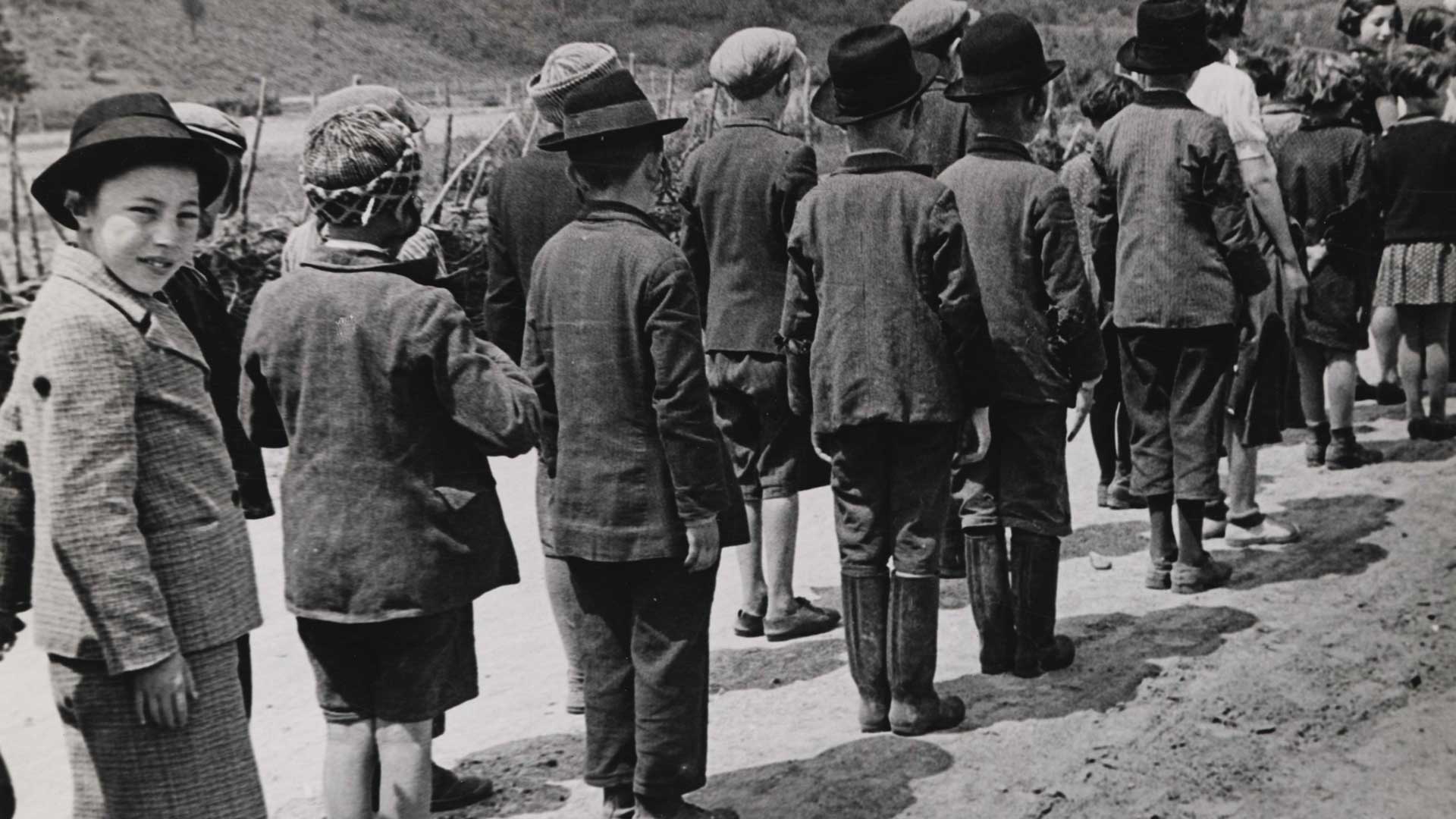
Synopsis
“The closer you come the more beautiful it is.”
– Roman Vishniac
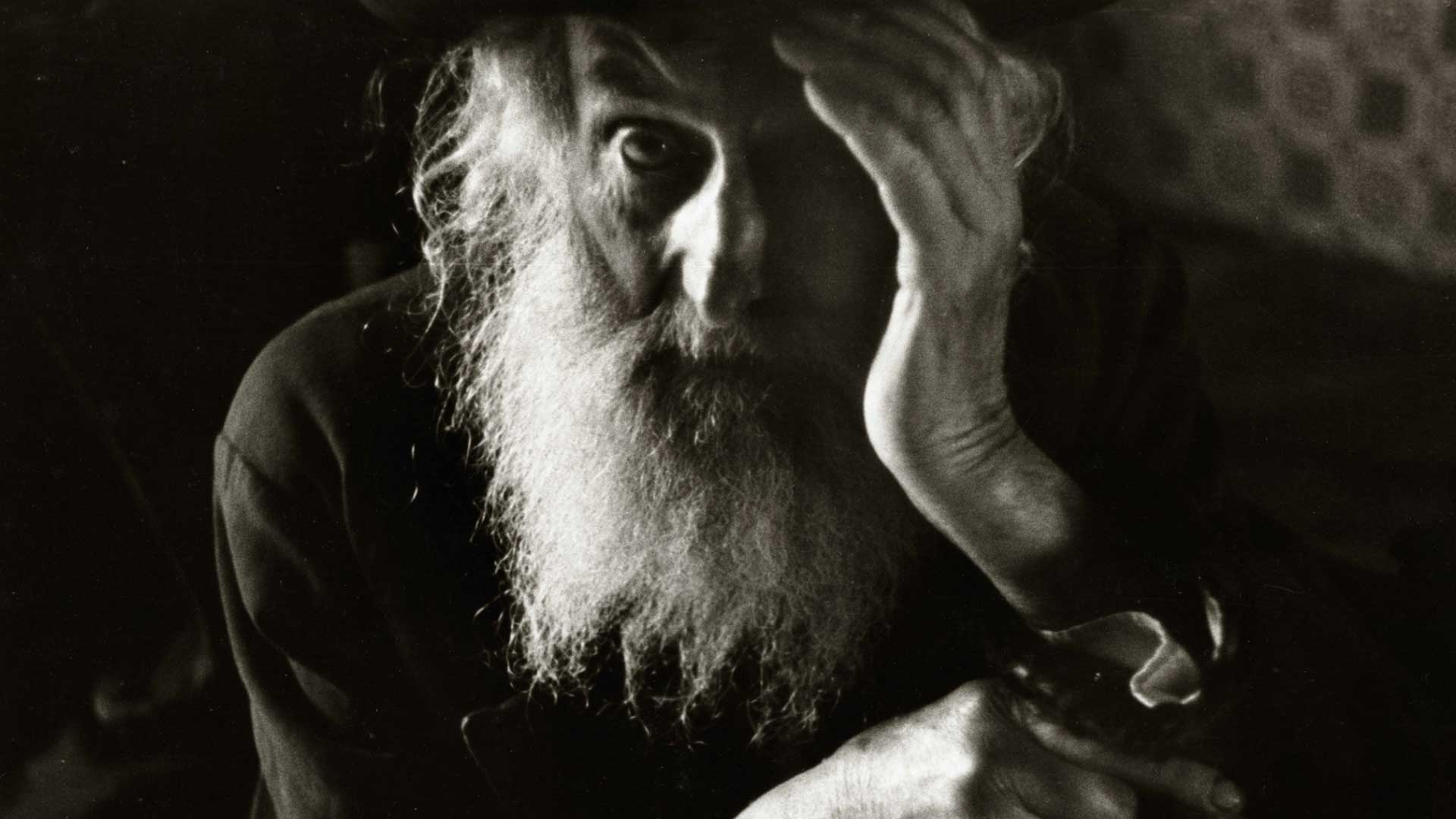
Vishniac follows the artist from his early years in tsarist Russia to his emergence as a modernist photographer in Weimar Berlin, his journeys across Eastern Europe before the war and his family’s dramatic escape to America in 1940. After the war, Vishniac’s documentation continued with photographs of Berlin in ruins and children in displaced persons camps. Then, in a stunning shift, he turned almost exclusively to scientific photography, where he made considerable contributions in the field of microscopy. His “Living Biology” series, funded by the National Science Foundation, features some of the first films depicting life through a microscope. They became a staple in the 1960s and 1970s in classrooms across the United States.
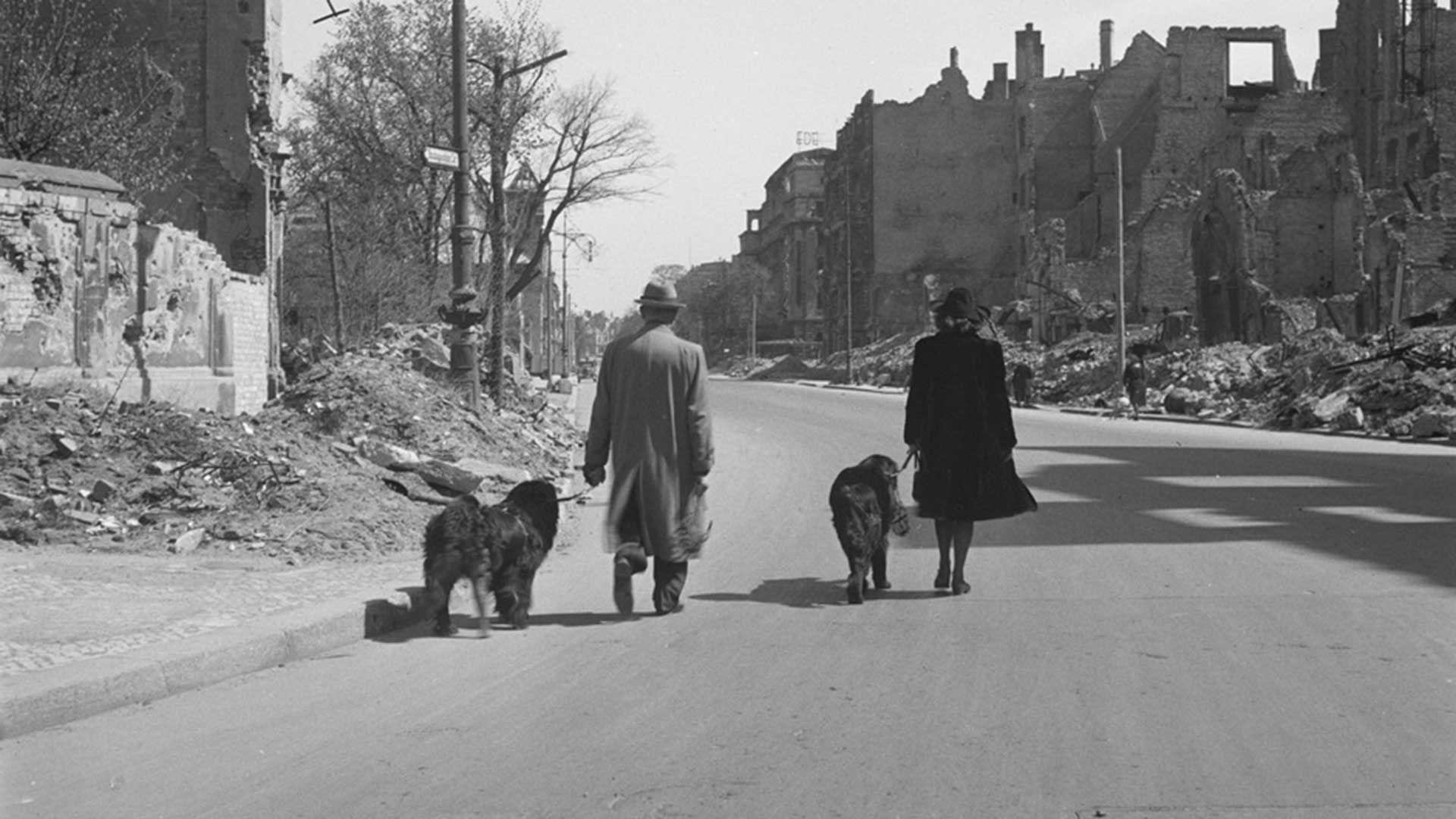
Vishniac is made with access to the Vishniac archive of more than 16,000 images, and frames Vishniac’s legacy as a key modernist photographer and preserver of memory. His collection is vast, unexpected, and causes us to step back in time. Through his images, the film exposes new audiences to a lost world that is quickly fading from our grasp. The film is narrated by Vishniac’s daughter, Mara Kohn Vishniac, born in Berlin in 1926. Her clear-eyed view of her father adds to the complexity of a man who was a sometimes-unreliable narrator of his own life story. She was his helper in the darkroom and his “alibi” for photographing Nazi propaganda with her posed innocently in front of it. Growing up her father’s shadow, Mara sought to break free of his grip, only to come around and embrace his legacy. Ultimately, she took responsibility for preserving his diverse and stunning body of work, a haunting eulogy to a world on the brink of destruction
